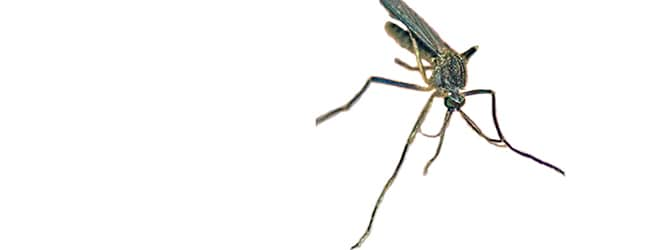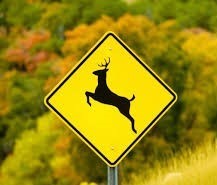The NJ DEP asks for your help in reporting sick or dead deer sightings. You can do it online using the Deer Disease Sighting form. Videos and/or photos are encouraged.
Your input is critical for NJDEP Fish & Wildlife's quick response to potential disease outbreaks in New Jersey’s deer population. The valuable information you provide will add to decades of data on deer health and mortality in the state.
For example, let's keep NJ free from Chronic Wasting Disease, a progressive and fatal neurologic disease affecting members of the Cervid family such as deer, elk, moose, and reindeer.
Information from the sighting form is useful to investigate potential disease outbreaks and to assist staff in sampling efforts. To the best of your ability, each of your sighting entries should be of new sightings. Please do not submit the same deer you see every day as a separate survey entry. If you observed sick deer that then died, please submit under the 'Dead Deer Observations' section
For example, if the same deer visits your backyard every day, this would be one entry for the entire period of the study. If you see new or additional deer, please submit a new form. Each time data is submitted, via the submit button at the bottom of this screen, it is counted as a single record. Deer reported are case-by-case assessed for sampling viability.
NJDEP Fish and Wildlife does not remove dead deer.













